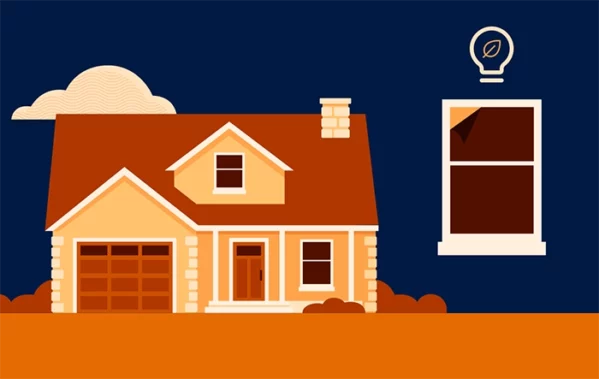Economic and industry news or trends
Paycheck Protection Program not a fit? Relief options to consider for your construction business
Navigating the COVID-19 crisis can be complicated for business owners, especially those in the construction industry.
There’s plenty to consider – best practices for safety, how to keep projects on track if possible and what relief is available if your bottom line does take a hit. The most buzzed about solution is the Paycheck Protection Program. By now you’re probably familiar that these are loans originated from the CARES Act that help small businesses retain workers, maintain payroll and cover other existing overhead costs.
If you’ve already secured a Paycheck Protection Program (PPP) loan, you’ll want to use it appropriately to maximize funds and following guidelines on eligible expenses.
However, in this complex time, “one fix fits all” isn’t the case. That’s why we asked Buildertrend’s in-house counsel and legal expert, Nick Knihnisky for his advice on other options to consider for construction businesses to keep their cashflow flowing.
Here’s what he had to say:
Even if you have already applied for a PPP loan or decided the PPP wasn’t right for your business, there are two other programs that may provide you with some additional capital.
Economic Injury Disaster Loan Program
An unheralded part of the CARES Act, the law expanded availability to Economic Injury Disaster Loans. These loans provide working capital loans up to $2 million to pay fixed debts, payroll, accounts payable and other bills. Interest rates are 3.75% and the maximum loan term is 30 years.
Applications for disaster loans are submitted directly through the Small Business Association’s online portal, with the approval process taking up to a month. Due to the long processing times, the CARES Act created an “Emergency Grant” to allow a business that has applied for a disaster loan to get an immediate advance (within three days) of up to $10,000. The big kicker is that the advance is not required to be repaid, even if the borrower’s request for a disaster loan is denied.
Note that there is some confusion surrounding interplay of the EIDL and PPP. If you apply for both programs, the EIDL “advance” will be deducted from your PPP forgivability amount.
Though the EIDL ran out of money around the same time as the PPP, Congress included the EIDL when it refilled the PPP with a new $484 billion relief bill. This includes $310 billion to the PPP, with specific amounts allocated for smaller lenders, and $60 billion for the EIDL program.
If you have not already applied for the advance, it is likely worthwhile to do so as soon as the application opens again.
Save Small Business Fund
Through the U.S. Chamber of Commerce Foundation, the Save Small Business Fund provides $5,000 grants to small businesses in distressed communities.
To be eligible, your business must have between 3-20 employees (not including independent contractors) and be located “in an economically vulnerable community”. Check savesmallbusiness.com to enter your zip code and see if you are eligible.
Check out our COVID-19 hub for helpful tips, too
If you’re looking for more resources to keep your construction company going during COVID-19, check out our COVID-19 Resource Hub. It’s updated weekly with blogs, articles and podcasts on the topics that matter most to the construction industry.
Buildertrend has been – and always will be – a people-first company. That includes customers like you. Providing tips to help understand all your relief options is just one way we remain dedicated to your success.


Bathroom design trends in 2024
With life being so fast-paced, bathroom designs are embracing the concept of personal sanctuaries. Here are the latest bathroom design trends for 2024.

How window tinting can increase energy efficiency in new builds
Here are five reasons why home window tinting is becoming an increasingly popular choice for and energy-conscious enhancement on new builds.

The 2024 housing market outlook
In this 2024 construction industry update, Buildertrend’s in-house expert shares insight into the lock-in effect, interest rates and the labor shortage.
Want to contribute to our blog?
We believe in building a community for construction – sharing is a big part of that. If you have industry expertise or a story to tell, your voice can reach thousands here.

